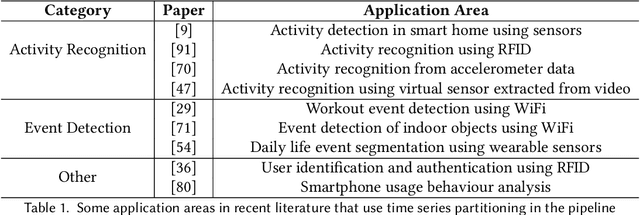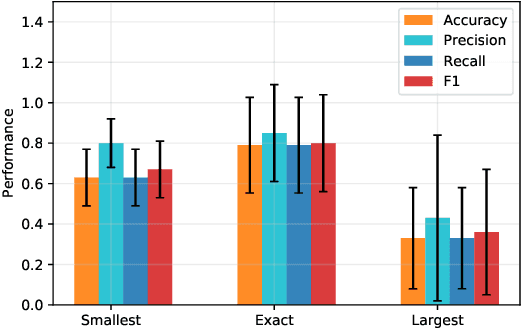Murtadha Aldeer
GeXSe (Generative Explanatory Sensor System): An Interpretable Deep Generative Model for Human Activity Recognition in Smart Spaces
Jun 28, 2023Abstract:We introduce GeXSe (Generative Explanatory Sensor System), a novel framework designed to extract interpretable sensor-based and vision domain features from non-invasive smart space sensors. We combine these to provide a comprehensive explanation of sensor-activation patterns in activity recognition tasks. This system leverages advanced machine learning architectures, including transformer blocks, Fast Fourier Convolution (FFC), and diffusion models, to provide a more detailed understanding of sensor-based human activity data. A standout feature of GeXSe is our unique Multi-Layer Perceptron (MLP) with linear, ReLU, and normalization layers, specially devised for optimal performance on small datasets. It also yields meaningful activation maps to explain sensor-based activation patterns. The standard approach is based on a CNN model, which our MLP model outperforms.GeXSe offers two types of explanations: sensor-based activation maps and visual domain explanations using short videos. These methods offer a comprehensive interpretation of the output from non-interpretable sensor data, thereby augmenting the interpretability of our model. Utilizing the Frechet Inception Distance (FID) for evaluation, it outperforms established methods, improving baseline performance by about 6\%. GeXSe also achieves a high F1 score of up to 0.85, demonstrating precision, recall, and noise resistance, marking significant progress in reliable and explainable smart space sensing systems.
Cadence: A Practical Time-series Partitioning Algorithm for Unlabeled IoT Sensor Streams
Dec 06, 2021



Abstract:Timeseries partitioning is an essential step in most machine-learning driven, sensor-based IoT applications. This paper introduces a sample-efficient, robust, time-series segmentation model and algorithm. We show that by learning a representation specifically with the segmentation objective based on maximum mean discrepancy (MMD), our algorithm can robustly detect time-series events across different applications. Our loss function allows us to infer whether consecutive sequences of samples are drawn from the same distribution (null hypothesis) and determines the change-point between pairs that reject the null hypothesis (i.e., come from different distributions). We demonstrate its applicability in a real-world IoT deployment for ambient-sensing based activity recognition. Moreover, while many works on change-point detection exist in the literature, our model is significantly simpler and matches or outperforms state-of-the-art methods. We can fully train our model in 9-93 seconds on average with little variation in hyperparameters for data across different applications.
 Add to Chrome
Add to Chrome Add to Firefox
Add to Firefox Add to Edge
Add to Edge